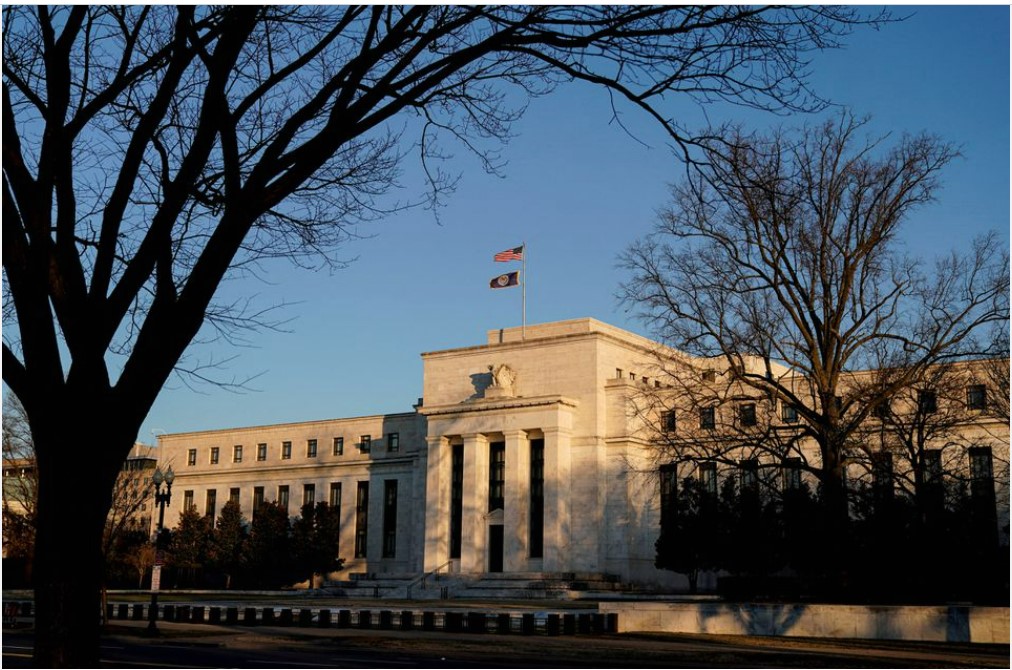SINCE March 22, the US Federal Reserve has already raised interest rates twice. The central bank kickstarted the current rate hike cycle by raising rates 25 basis points (bps) followed by a 50bps rate hike in May – the steepest increment since 2000.
More importantly, the Fed signalled its intention to step up the pace of rate hikes which could see rates go as high as 2% this year.
In addition, it also has plans to reduce the size of its balance sheet by up to US$95 bil per month starting in June which should further tighten financial conditions.
Prior to the March meeting, Fed officials were much less hawkish, only signalling about three to four rate hikes this year.
This dramatic shift in interest rate policy comes as the Fed is now more attuned with the reality that inflation is no longer transitory, and that higher prices are here to stay.
In April, consumer prices showed little signs of cooling, rising by 8.3% year-on-year (yoy) – exceeding all estimates. There has also been a noticeable uptick in services inflation as spending shifts from goods to services as the economy re-opens.
While we expect inflation to slow in the coming months due to the high base effect and easing of supply chain bottlenecks, we do not foresee that it will moderate significantly over the course of the year.
Inflation stays elevated
Right now, there are still several downside risks for inflation such as the Russia/Ukraine crisis, COVID-19 lockdowns in China and rising global food protectionism – all of which has the potential to add to inflationary pressures and are beyond the control of the Fed.
In light of the recent developments, we have raised our forecast for the Fed Funds Rate (upper bound) from 3.25% to 3.75% by end-2023. With inflation sky high, the central bank will most likely have to raise rates beyond the neutral rate in order to bring it down.
If we look back at the past few rate hike cycles, we can see that the Fed typically tightens rates 100-200 bps above the neutral rate. Based on current economic conditions, the neutral rate is estimated to be somewhere between 2.5% and 3.0%.
Over the past few weeks, Federal Reserve Chair Jerome Powell has repeatedly stressed the need to curb inflation, and has made it clear that the Fed will keep raising rates until there is “clear and convincing” evidence that inflation is falling.
In order to achieve this, we believe that the Fed will likely front-load rate hikes to bring inflation down as quickly as possible. That said, we think that there is a good chance that we could see multiple 50bps rate hikes in the coming months which could bring the Fed Funds Rate close to the neutral rate by year-end.
Generally speaking, a sharp rise in interest rates is likely to result in a slowdown in economic activity which may have an adverse effect on equity prices.
Riskier assets that are richly valued but have negative earnings (eg certain software stocks) are likely to be hit the hardest as rates rise. As inflation remains elevated and financial conditions tighten, businesses are likely to be faced with tougher operating conditions which could result in lower earnings growth and hence lower equity prices.

Compressed margins
Companies without pricing power as well as those that rely heavily on debt financing are also likely to experience greater margin compression.
As the economy slows, businesses may also dial back on production and expansion plans, which could potentially have a negative impact on the labour market. A strong labour market is often synonymous with healthy consumption growth as consumers who are feeling optimistic about their finances and the economy tend to spend more.
Aside from the health of the labour market, higher interest rates can also have a direct impact on consumers. As interest rates rise, the cost of borrowing for consumer loans (eg mortgages, auto loans) will also rise. Combined with the rising prices of everyday goods and a weakening labour market, consumption could start to slow in the months ahead.
On the contrary, earnings estimates have been revised upwards since the start of the year which we feel paints an overly optimistic view of US equities given the weaker economic outlook and mounting earnings headwind.
Therefore, we expect earnings to be downgraded eventually to reflect the weaker economic outlook. That said, even though share prices of US equities have fallen due to the recent sell-off, valuations are still far from being incredibly cheap.
With more rate hikes on the way, now is probably a good time for investors to re-assess their portfolios and position themselves accordingly. Those with growth heavy portfolios (eg heavy on US equities) should consider diversifying their equity exposure to include more value-oriented equities as rates rise.
iFAST Capital Sdn Bhd provides a comprehensive range of services such as assisting in dealing, investment administration, research support, IT services and backroom functions to financial planners.
The views expressed are solely of the author and do not necessarily reflect those of Focus Malaysia.
Main photo credit: Reuters









